WOW! Check out this article from The Army Times. Soldiers may be eventually allowed to wear a beard! Victoryyyyyy! (Johnny Drama voice)
The old adage is true: Ask (and ask and ask and ask) and you shall receive.
The Army is in the midst of a study to determine whether it can safely allow soldiers to wear beards, multiple officials have confirmed to Army Times.
Soldiers have been discussing the idea behind closed doors and in open forums for years, but the push to research the possibilities and make a decision really picked up earlier this year, according to the Army G-1 uniform policy sergeant major.
“It’s more driven from the religious accommodations group,” said Sgt. Maj. Anthony Moore, referring to a working group that made the recommendations that informed the Army’s authorization of beards for Sikh men in uniform.
“Soldiers would ask here and there, but it’s gained traction since the Army directive for religious accommodations,” he said in a Feb. 28 phone interview.
When the working group convened last year to talk beards and turbans, officials expanded the conversation to include hijabs and dreadlocks, Sergeant Major of the Army Dan Dailey told Army Times earlier this year. Those accommodations were all later authorized in a new directive.
“They said, okay, if we’re going to do religious accommodations, we have to be inclusive,” Dailey said in a January interview.
That discussion led to the idea of allowing beards in general.
“I’m not opposed to having a beard,” Dailey said. “I’ve socialized this with several people, including [Army Chief of Staff Gen. Mark Milley] — how do we do that to maintain standards? I think that we have to continue that study.”
Once the study is complete, the results will be discussed by Dailey’s senior enlisted counsel and briefed to the chief of staff of the Army.
If leadership decides to go forward, an update to AR 670-1 would eventually have to be signed off by the secretary of the Army.
“Authorizing the wear of beards in the Army, in addition to approved religious accommodations policy, is a topic that soldiers have inquired about recently across the force,” Dailey said March 2 in a follow-up statement. “As of now, there are no plans to change the policy. Army leaders and researchers are currently reviewing the wear of beards by soldiers in the Army. Any potential change in policy will be made with careful consideration to the professionalism, standards, discipline, readiness and safety of all of our soldiers.”
Why, or why not?
Dailey likened the popularity of beards to tattoos, jokingly calling it “a trending phenomenon.”
Tattoos, along with women’s hairstyles, have been at the center of major uniform shifts in the past few years, largely based on demand from soldiers themselves.
Beards, the next frontier, have been banned in all but a few corners of the military since the dawn of chemical warfare and issued gas masks during World War I.
For most of the 20th century, clean-shaven faces were preferred in the civilian world as well, so it wasn’t much of an issue.
When facial hair made a comeback in the 1970s, then-Chief of Naval Operations Adm. Elmo Zumwalt changed the Navy’s regulations to reflect the times.
The other services held fast, however. In fact, the Army went in the opposite direction, doing away with its facial hair exemption for Sikh soldiers in 1984, the same year the Navy re-banned beards.
That was that until the Global War on Terror, when leadership discovered that special operations forces could blend in better with the local population while deployed to Iraq and Afghanistan if they sported full beards.
But as that image of the terrorist-crushing operator took hold in a big way, popular culture in the civilian world once again also embraced a full face of hair.
The Army earlier this year approved religious accommodations for Sikh soldiers to maintain their beards and turbans. Here, a coalition service member maintains security during a patrol with Afghan National Army Special Forces.Photo Credit: Sgt. Pete Thibodeau/Marine Corps
Both Dailey and his predecessor routinely fielded questions at town hall meetings about bringing back the beard, but there was always a catch — the gas mask.
“A lot of it has been driven by the fact that the mask has been shown, through tests, not to seal properly with facial hair,” Moore said. “Right now they’re still running more tests to see how much facial hair an individual can have before the mask gets impeded for safety.”
The other piece is tradition, or, specifically, the iconic image of the clean-shaven American service member.
“I’m not against beards, but I do have what I believe should be the perception of the American people of the United States Army soldier,” Dailey said. “I believe we should represent, in their eyes, what they think their soldiers should represent.”
That feeling is shared among a lot of old-school soldiers.
“Younger soldiers may see no problem with beards. More traditional soldiers like myself may have issues with them,” Moore said. “I’m sure that will play some part in it, but that won’t be the overwhelming factor.”
The research
The Army has studied beards and gas masks more than once in recent years, but the test last fall for the religious accommodations working group came to the same conclusion as its predecessors.
“Our findings were that the articles of faith degraded the negative pressure respirators,” said Lamar Garrett, field element chief at the Army Research Laboratory. “When the mask is designed, it’s designed to fit the individual without any obstruction.”
Back in October, ARL gathered up 90 men and women — mostly civilians, with a few airmen — and divided them into five groups for testing.
One group wore personal protective gear with their hair in regs, while another did a wear test with a beard, with long hair tied up in an under-turban, with a hijab, and with hair that had more than two inches of bulk when measured from the scalp.
The tests included wearing the standard issue M50 Joint Service General Purpose Mask and the Army Combat Helmet, as well as the top from the Joint Service Lightweight Integrated Suit Technology kit.
They also tested out the Level A protection equipment worn by chemical, biological, radiological, nuclear and explosives soldiers. In the end, no one with a beard could get a good seal, Garrett said.
“The baseline folks passed,” he said. “Everyone else degraded in some form or another.”
But the religious accommodations group still pushed through with the Sikh beard exemption, with the caveat that soldiers will have to be clean shaven if they want to serve in a CBRNE unit.
“If we really wanted to do some serious analysis, we could look at what was the degradation of an individual with a beard that’s an inch-and-a-half, two inches, etc.,” Garrett said.
Now, that research has moved on to the Natick Soldier Research Development & Engineering Center, where a team is testing beards and religious headgear as well.
“We are investigating the feasibility of wearing the Advanced Combat Helmet with beards, along with hijabs, bulk hair, and turbans, in the context of religious accommodation,” said Shalli Sherman, who manages Integrated Protection Test Methods at NSRDEC.
The team is currently testing the helmet’s fit to determine whether its inner padding needs to be altered for a good fit, then test that new configuration for performance under impact.
“The helmet fit assessment is nearly complete, and the blunt/ballistic testing is set to begin within the next few weeks and expected to run through June,” Sherman said.
There’s also a possibility that the Army could field new masks that work better with some facial hair.
A mask like that is currently issued to Army special operators, Moore said, but its high cost isn’t feasible for issuing to conventional troops.
“The assistant secretary of the Army (acquisition, logistics and technology) will conduct additional testing of existing equipment to determine whether any product alternative exists and provide a plan to acquire protective masks for bearded individuals,” Army spokesman Wayne Hall told Army Times.
Read more on this at The Army Times

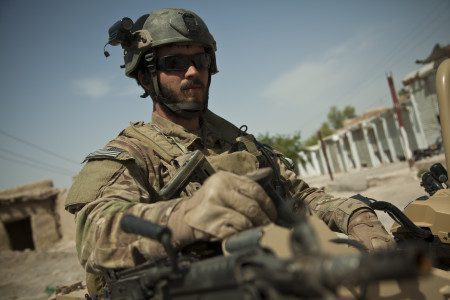

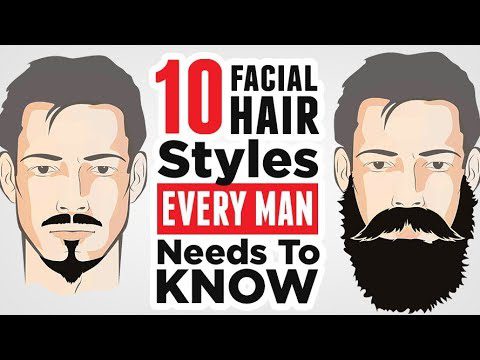

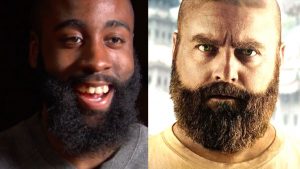
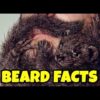

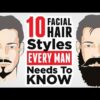
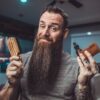
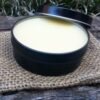
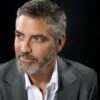
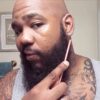

Leave a reply